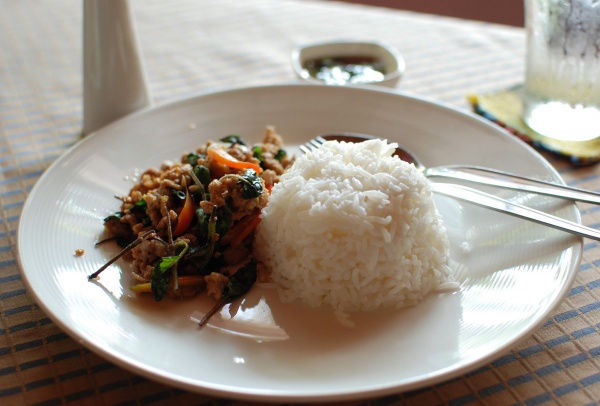Facts About Jasmine rice
Jasmine rice is a type of long-grain rice renowned for its delightful aroma, often reminiscent of pandan and popcorn. This distinctive scent arises from natural aromatic compounds produced by the rice plant, with 2-acetyl-1-pyrroline being the most prominent. Primarily cultivated in Thailand, Cambodia, Laos, and southern Vietnam, jasmine rice serves as a staple in many Asian cuisines.
When cooked, jasmine rice boasts a moist, soft texture and a slightly sweet flavor with a hint of stickiness. The rice is typically harvested by cutting and threshing the long stalks and can be processed into paddy rice, brown rice, or white rice.
There are several varieties of jasmine rice, with Thai jasmine rice and Cambodian jasmine rice being among the most popular. Thai jasmine rice is renowned for its slender shape and is widely exported, especially to North America and Europe. Brown jasmine rice retains its outer bran layer, making it a healthier option due to its higher nutrient content. Additionally, jasmine rice has a moderate glycemic index, making it a suitable choice for individuals with diabetes when consumed in moderation.
In the kitchen, jasmine rice is often paired with stir-fries, grilled dishes, fried dishes, braised dishes, and soups. However, it is not typically recommended for fried rice due to its soft texture. Thai jasmine rice has garnered international acclaim, with Thailand's "Hom Mali" 105 rice winning awards for its taste and grain quality at global competitions.
Whether you're preparing a stir-fry or a comforting soup, jasmine rice adds a fragrant and flavorful touch to any meal.

 Laos
Laos